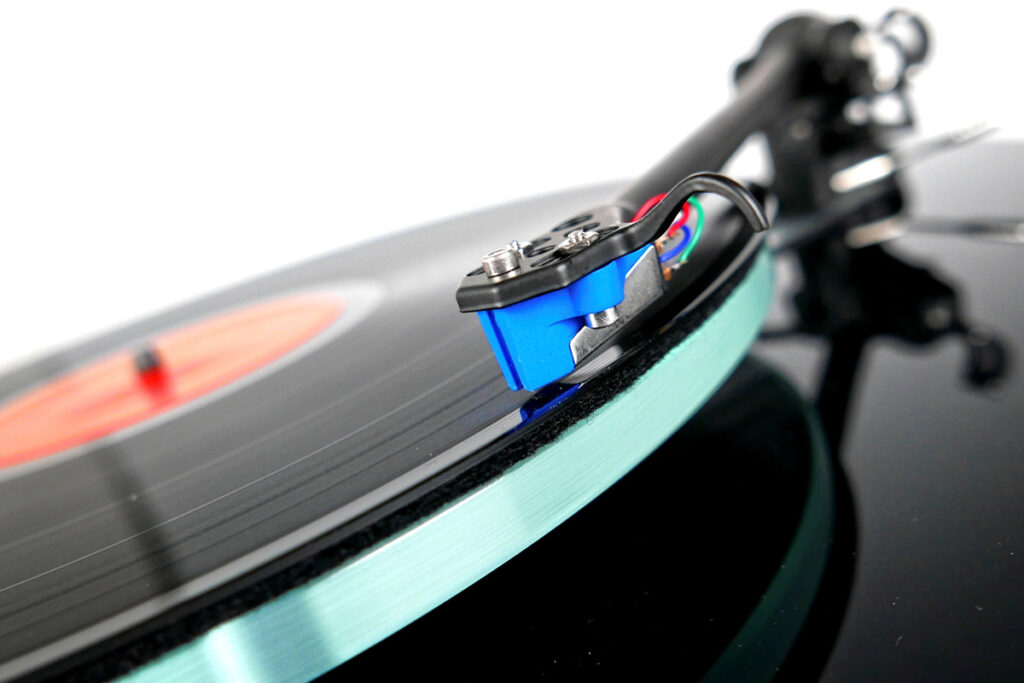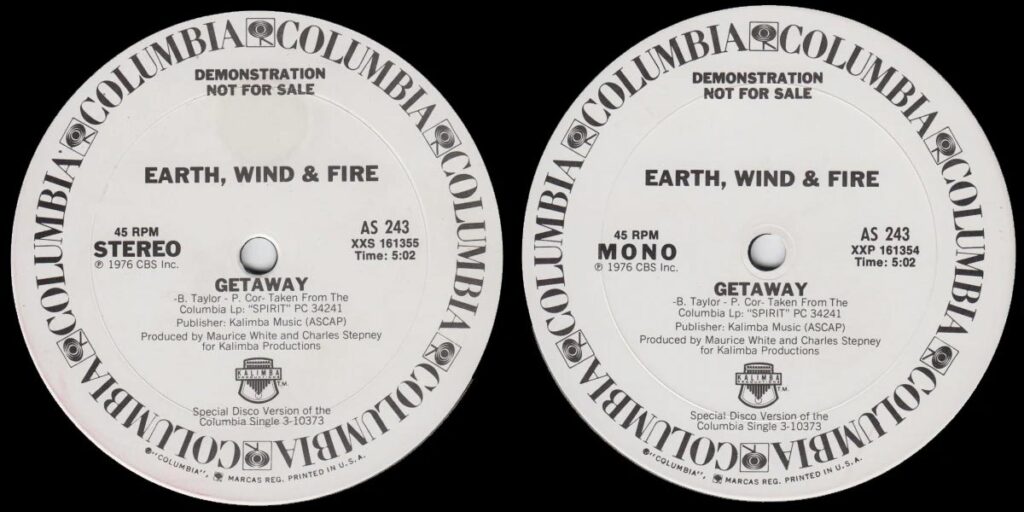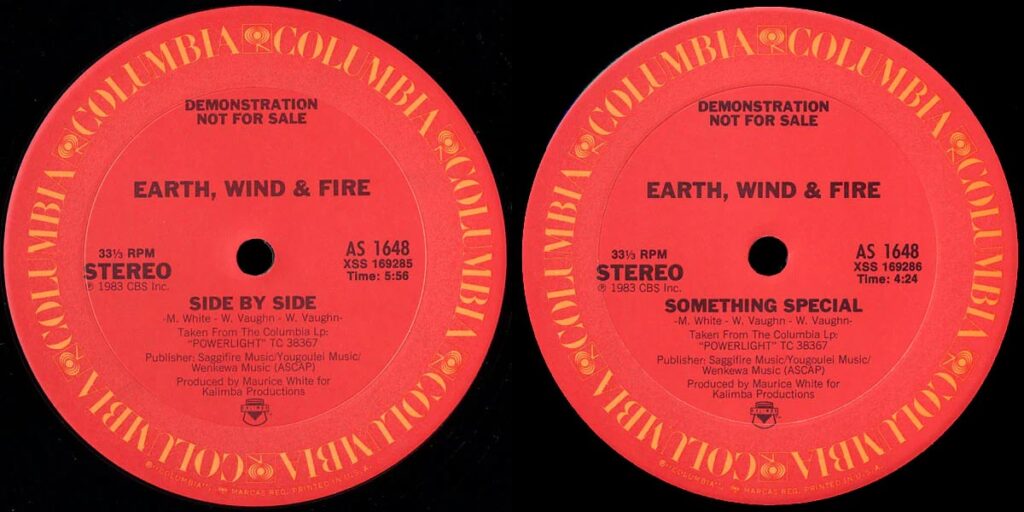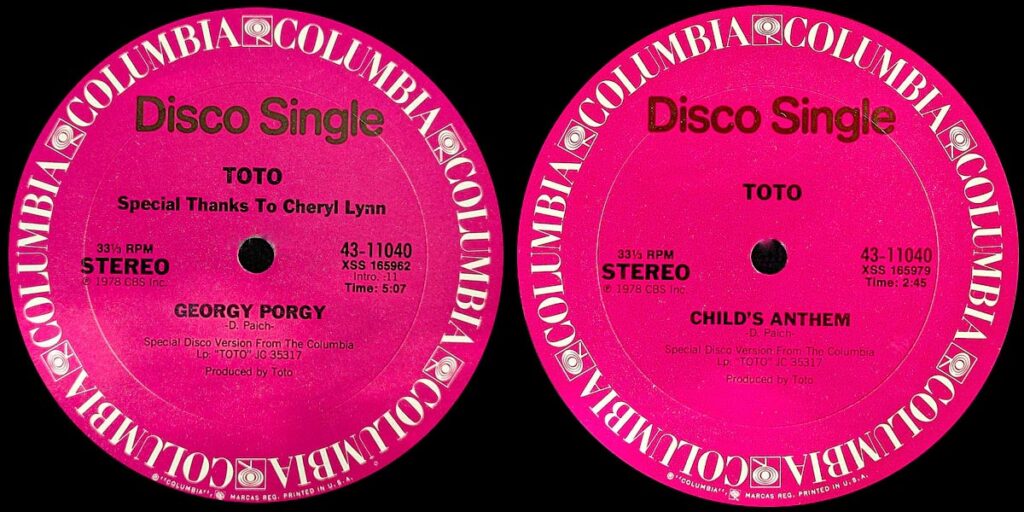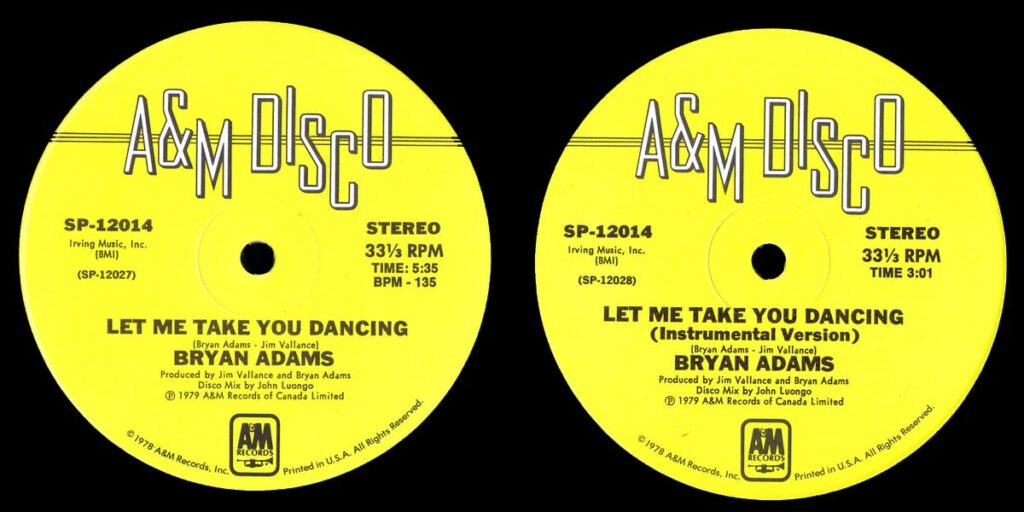Many collectors take 12-inch singles for granted. The format had various promotional/test pressing uses over a couple of decades prior to the mid 1970s. One of the first available for sale was test marketed at Tower Records in Sacramento and Los Angeles, California, from the small jazz label Cycle. It was nothing but the 45 RPM single versions of the songs cut on a 12-inch lacquer. A few others followed, but it was a studio engineer who prompted the beginnings of what we know of today as 12-inch singles.
The Vinyl Beat in a 12-Inch Singles World was originally published in Copper Magazine issue 221
FIDELITY cooperation with Copper Magazine
Read this article also on Copper
Tom Moulton began his remixing career producing his own mixtapes to extend songs beyond the typical three-minute running time of 45 RPM singles. With the multitrack master tapes, Moulton was able to reconfigure and remix a song to change it for play in the discotheques. His first success was in early 1974 with Scepter Records, remixing a Don Downing single called “Dream World.” Moulton not only remixed the song and made it punchier, he extended it to nearly double its original length, and created what became known as the “disco break” (or “breakdown”) in the middle of the song. It was re-released as a single by Scepter as a result of the transformation. Moulton would go on to earn a much-deserved reputation as a remix engineer for 12-inch singles, as well as for “fixing” singles that had a sub-optimal mix that did not do well with their original mixes.
The first large-format single (10- or 12-inch) came by way of a 10-inch acetate almost accidentally. A DJ at a discotheque needed a test copy of a remix to play. Since no 7-inch acetates were on hand, the engineer used a 10-inch. The first cut of the acetate had all the grooves closer together like a standard LP, which Moulton felt was wasting space on the disc. The engineer suggested that one way to space out the grooves on the disc would be to increase the level at which the music was cut. They noticed the sound became more dynamic in addition to being cut louder, and that became standard industry practice.
These acetate singles, soon cut on 12-inch acetates as well, were popular through the record pools of the labels’ promotional departments, and were handed out privately. Atlantic Records was one of the first to issue promotional vinyl 12-inch singles to DJs in 1975. By 1976, there was considerable demand from record stores for official, commercial 12-inch single releases, as the secondary market for the promotional singles was thriving.
The first commercially released 12-inch remix was on the Salsoul Records label in May 1976: “Ten Percent,” by the group Double Exposure. Since then, other labels soon began releasing them, which included a mix of commercially released singles and promotional-only mixes that in many cases are highly coveted and expensive to find today.
“Ten Percent” on YouTube:
My own journey with 12-inch singles began with the Epic Records release “The Groove Line,” by Heatwave. I don’t recall hearing it on the radio before purchasing it; in the wake of the Saturday Night Fever soundtrack (which was everywhere in my mid-teen years), I had borrowed the Heatwave album Too Hot to Handle from the library. So this single was purchased on name recognition alone. But once I found a local radio station that played funk and dance music, most of it in the 12-inch single format, it wasn’t long before I began riding my bike to the nearest Harmony House record store and looking through the bins weekly. I was amazed at the fact that I could buy a big 12-inch record for $2.99 or $3.99.
My collection of 12-inch singles grew quite a bit from that point forward, but I still missed out on quite a few of the singles I’d heard on the radio. On the other hand, another local record store I began visiting a few years later (the late, lamented Sam’s Jams in Ferndale, Michigan, which carried a mix of new and used records) seemed to get ahold of quite a few promotional 12-inch singles. For just a couple of dollars, I could buy some of the latest music, and some of those would later become highly sought-after.
Here are some of my favorite and/or noteworthy 12-inch singles collected over the years, along with a backstory if I have one.
At Sam’s Jams, I’d found a promotional-only copy of Earth, Wind & Fire’s “Getaway,” in an extended version with stereo on one side and monaural on the other. (This was common only on earlier 12-inch singles. Later 12-inch singles included either an instrumental version, an edited version, or a non-single album track on the B-side.) On the surface, the only really noteworthy thing about this track is that it has some extended breaks in the middle. Yet because it never had a commercial release, it became one of those singles that sells into the three-digit range due to its rarity.
Another EWF song I sought out for at least a dozen years was the promo-only release “Let’s Groove (Special Holiday Version),” a somewhat busy version with the horn fills playing throughout, and more synthesizers in the mix. The synthesizer also had a repeated solo not appearing on the album version. A friend of mine and I unsuccessfully scoured Sam’s Jams and other stores relentlessly back in the early to mid ’80s to find a copy, and never did. Finally, thanks to a Usenet newsgroup about 30 years ago, I located a DJ liquidating his collection of duplicates and inquired if he had one. He did, and I ended up purchasing this, among a half dozen 12-inch singles. Ironically, all these years later, I don’t really care for this mix all that much, and it has since appeared on a handful of 12-inch singles compilations.
One EWF single that has eluded me ever since I began searching after the first time I heard it on the radio, is the promo 12-inch single of “Side by Side,” from the album Powerlight. It features a different mix, and the steel drum solo is extended and repeated once. This one is still on my Discogs want list.
An unexpected 12-inch single came by way of Toto. Their first was “Georgy Porgy (Special Disco Version)” which was typical of many 12-inch singles of the day – the track was remixed with the rhythmic elements emphasized in the mix, and the guest vocal parts by singer Cheryl Lynn were repeated as well to extend the song. The remix is subtle, but it adds a little pop and excitement to an already good track. “Hold the Line” may have been the big hit from the album, but this song (peaking at #48 on the Billboard Hot 100) found its way into the dance clubs and 12-inch singles bins. It’s a bit of a sleeper in terms of popularity. The B-side is “Child’s Anthem,” which opens the Toto album.
If Cheryl Lynn’s name sounds familiar, her hits “Got to Be Real” and “Star Love” from her self-titled debut album were produced by David and Marty Paich, hence the album had some of the same Los Angeles style as Toto’s music. “Star Love” features the slow introduction that doesn’t appear on the album version. These are two of her best-known songs, and they were released on the same 12-inch single.
Motown had an interesting approach to the cutting of some of their 12-inch singles. Their “Eye Cued” feature banded a song to separate the introduction, the main part of the song, the breakdown, etc., so that DJs could more easily locate the sections of the song to use during their performances. Rick James was a successful artist for Tamla (the Motown subsidiary), and my favorite 12-incher placed a prior hit on the B-side while featuring the latest on the A-side. The “High on Your Love Suite” was popular on local radio, and I’d also heard “You and I” (from an earlier album) in heavy rotation months earlier. It’s a classic from James’ earlier albums, and Motown used their Eye Cued banding on both sides of this release.
Another notable Rick James 12-incher is the full version of “Super Freak,” available only on the 12-inch single, as the album and 45-RPM single versions are cut at the halfway point (during the sax solo). The second part of the song appeared as “Part 2” on the 7-inch 45 RPM single; basically, a funk workout after the main body of the song. The background vocals, by the way, are by The Temptations. James would soon reunite the Temptations for their collaboration “Standing On the Top.”
“Super Freak” 12-inch version on YouTube:
Finally, here’s a 12-inch single with some notoriety to it. Several years before he had Billboard Top 10 hits with songs like “Summer of ’69,” “Heaven,” and “(Everything I Do) I Do It for You,” Bryan Adams was a singer and musician who at 18 years old recorded his first single (with co-writer Jim Vallance): “Let Me Take You Dancing.” It was a moderately successful dance-flavored pop song released as a 45 RPM single in Canada until remixer John Luongo got ahold of it to make a proper dance version for the US market. Because he felt the song would be more “danceable” at a faster tempo, he raised the speed of the track, making Adams sound even more like a chipmunk than he did on the 45 RPM single.
Despite it being his first single, which had moderate success in the US clubs, he disliked how he sounded and has since tried to disown the song. It doesn’t appear on any of his compilations, and he has rarely performed it in concert. Prior to locating a sealed Canadian copy of this single several years ago, an employee at a nearby record store (who used to be a DJ for one of my favorite stations) mentioned that it was “a nice little record you could put on towards the end of an evening” at the dance club, and a lot of us still remember the track fondly.
Except, perhaps, for Bryan Adams.
Special Thanks to Copper Magazine


